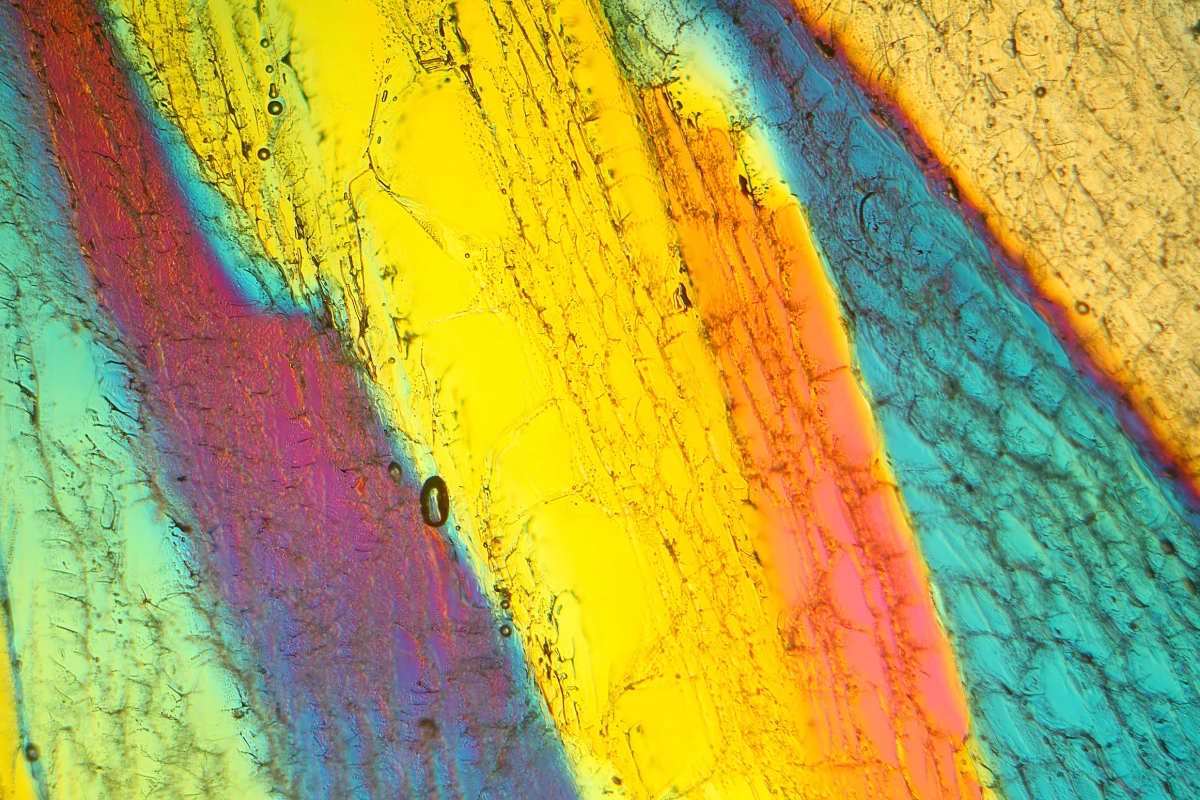Science
Scientists Unveil New Ice Form at Room Temperature: Ice XXI

Researchers have identified a new form of ice, known as ice XXI, which can form at room temperature under specific high-pressure conditions. This discovery, made by scientists from the Korea Research Institute of Standards and Science (KRISS), expands the understanding of water’s complex behavior and its various solid states. The findings were published in the journal Nature Materials.
Ice is often perceived simply as frozen water, but it can exist in over 20 different crystalline structures, each exhibiting distinct properties. The study of these forms not only satisfies scientific curiosity but also provides insights into extreme environments, including those that might host extraterrestrial life. Previous research has led to the identification of several ice types, such as ice XV and ice VI, which typically form under extreme pressure within the Earth’s mantle or on icy moons.
The KRISS team utilized advanced techniques involving diamond anvil cells and X-ray lasers to investigate how water behaves under conditions that mimic those found deep within planetary bodies. Instead of freezing in a straightforward manner, water subjected to these pressures underwent multiple freeze-melt cycles before stabilizing into a crystalline structure.
In their experiments, the researchers observed that ice XXI has a unique body-centered tetragonal crystal structure, distinguishing it from more than 20 other known ice types. Notably, ice XXI remains metastable, meaning it can exist in a high-energy state for a period, despite being unstable under certain conditions. This characteristic provides valuable information about ice formation under pressure.
Geun Woo Lee, a scientist at KRISS, explained that “rapid compression of water allows it to remain liquid up to higher pressures, where it should have already crystallized to ice VI.” The team managed to create these high-pressure environments by enclosing ultra-pure water in extremely thin metal chambers and meticulously monitoring its state using sophisticated equipment.
The research employed both high-speed cameras and laser-based sensors, enabling the scientists to capture the transformative process of water freezing and melting in real-time. The precise manipulation of pressure allowed for detailed observations of the structural changes occurring at a molecular level. A combination of techniques, including Raman spectroscopy, aided in understanding the dynamics of water molecules throughout the process.
To determine the precise moment water transitioned into ice XXI, the team used synchrotron radiation to analyze scattered X-ray signals. Their innovative approach involved adjusting the pressure rhythm to better align with the freezing process, thereby improving the accuracy of their findings. The combination of two distinct detectors—one operating at a rapid rate of 0.56 million times per second and another at a steady 10 times per second—provided a comprehensive view of the transition.
Interestingly, the researchers identified that water does not follow a single path when freezing. Instead, it can take at least five different routes, even at room temperature. This revelation opens up new avenues for understanding the complexities of ice formation and the conditions under which various ice types can emerge.
The implications of this research extend beyond Earth. Rachel Husband, another member of the research team, noted that “the findings suggest that a greater number of high-temperature metastable ice phases and their associated transition pathways may exist, potentially offering new insights into the composition of icy moons.” This highlights the potential relevance of their work in astrobiology and planetary science.
The discovery of ice XXI represents a significant advancement in the field of cryogenics and materials science. As researchers continue to explore the myriad forms that water can take, each new finding enhances our understanding of this essential substance and its role in a wide range of environments, both on Earth and beyond.
-

 Health1 week ago
Health1 week agoRare Brain Condition Discovered More Common in New Mexico
-

 Politics1 week ago
Politics1 week agoPrince Andrew Steps Back from Royal Duties Following Epstein Memoir
-

 Entertainment1 week ago
Entertainment1 week agoTrump Commutes George Santos’ Sentence, Sparks Controversy
-

 Sports1 week ago
Sports1 week agoMLS Decision Day 2025: Playoff Spots on the Line as Teams Clash
-

 World1 week ago
World1 week agoYoung Driver Dies in Collision with Box Truck in El Cajon
-

 Science1 week ago
Science1 week agoIdaho State University Launches Haunted Science Laboratory on Oct. 25
-

 Politics1 week ago
Politics1 week agoNavy Veteran Max Quattromani Launches Campaign for Assessor Seat
-

 Lifestyle1 week ago
Lifestyle1 week agoKent Hamilton Named Southeastern Farmer of the Year at Expo
-

 Sports1 week ago
Sports1 week agoSaquon Barkley Reacts to James Franklin’s Dismissal from Penn State
-

 Health1 week ago
Health1 week agoRemembering Mary Ingleby: A Life of Love, Teaching, and Music
-

 World1 week ago
World1 week agoNevada Treasury Awards 2025 Kenny C. Guinn Memorial Scholarships
-

 Health1 week ago
Health1 week agoFDA Introduces First Nine Recipients of National Priority Vouchers









